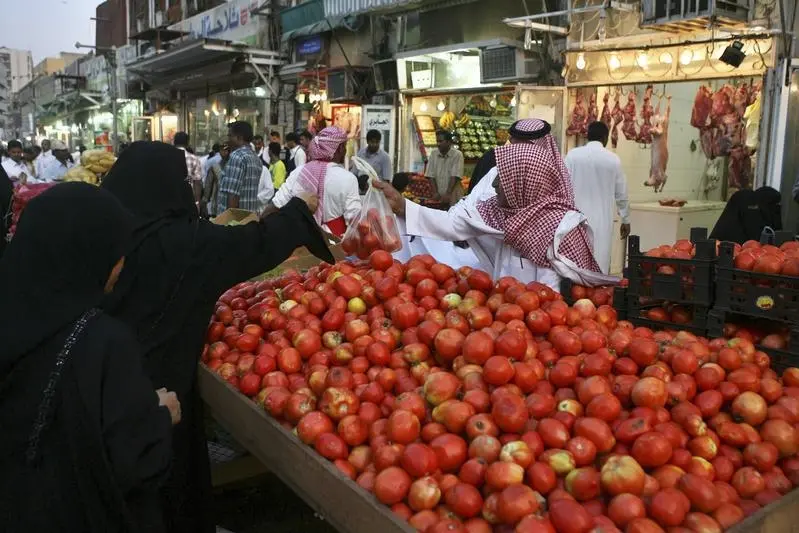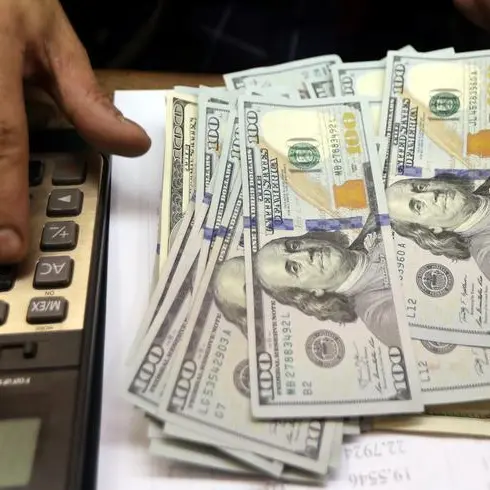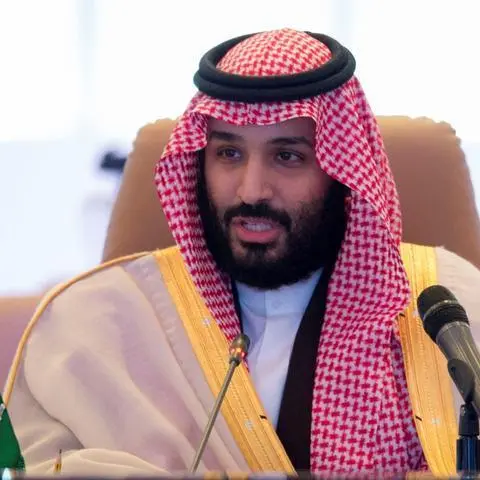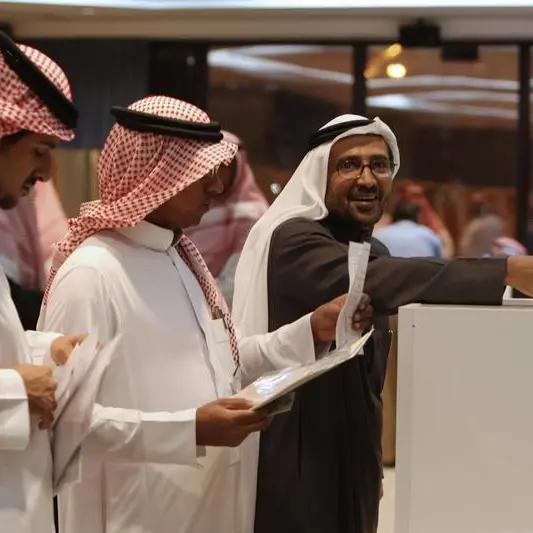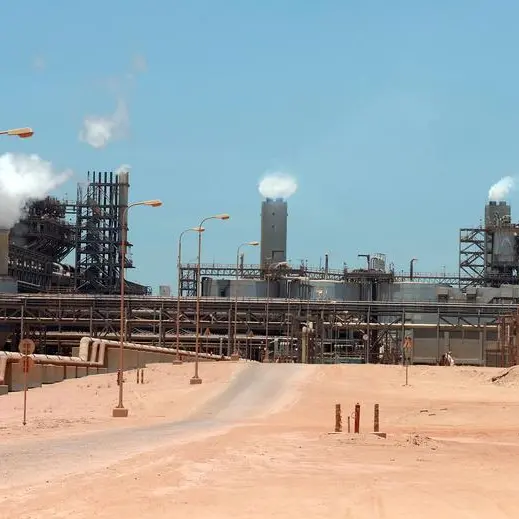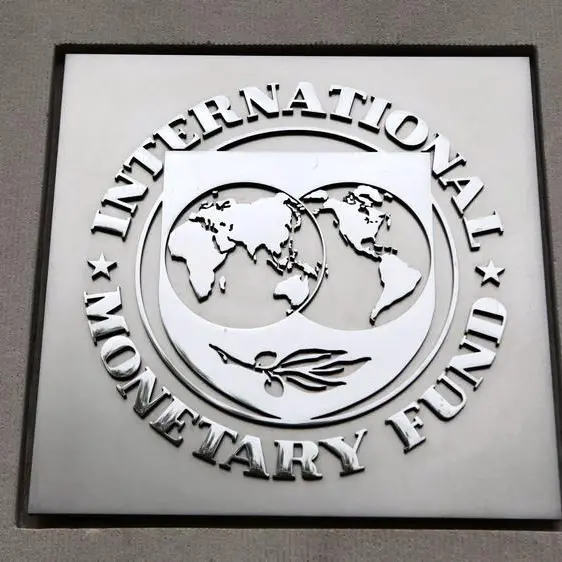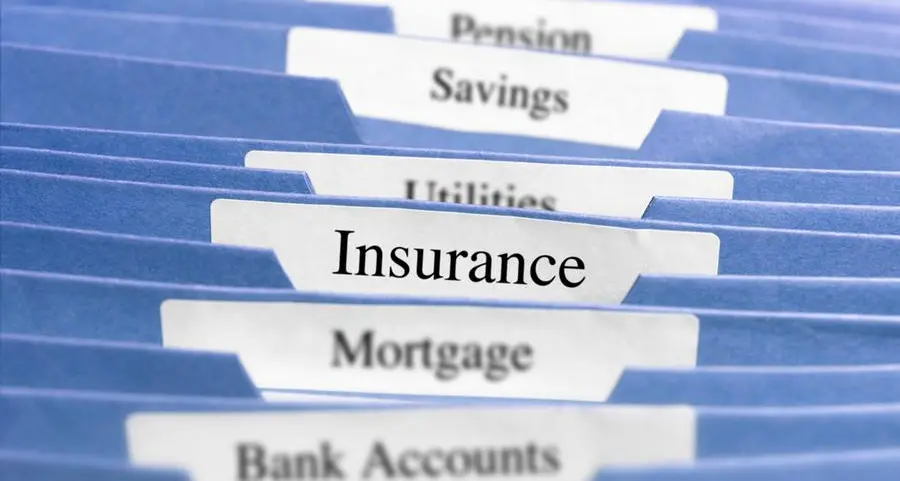PHOTO
DUBAI- Saudi Arabia's annual inflation rate fell back marginally in February after jumping in January, when the government introduced a 5 percent value-added tax and hiked domestic gasoline prices, official data showed on Wednesday.
Consumer prices rose 2.9 percent from a year earlier last month after climbing 3.0 percent in January. Compared to the previous month, prices increased 0.1 percent in February.
The February figures suggested the economy might escape any upward spiral of inflation due to the new tax and more expensive fuel, which are part of a government drive to cut a big budget deficit caused by low oil prices.
A major reason for this is weakness of the economy, as consumers are not spending heavily to push up prices while many companies are discounting to try to keep market share.
Food and beverage prices jumped 6.5 percent from a year earlier in February while restaurants and hotels gained 6.8 percent; both sectors were affected by the tax. Transport costs, boosted by more expensive fuel, increased 10.1 percent.
But the household and utilities sector rose only 1.3 percent. The government lifted electricity prices in January but the real estate market is slumping because of the weak economy, helping to restrain overall inflation.
Prices of clothing and footwear plunged 8.0 percent, apparently the result of heavy discounting by retailers.
In January, the statistics agency changed the base year for the consumer price index to 2013 from 2007 and adjusted the basket of goods and services, giving housing and utilities a much bigger weighting, for example.
This made direct comparisons with last year's inflation rates difficult. But this year's rates have clearly risen sharply; annual inflation was just 0.4 percent in December, according to previously released data using the old basket.
Private economists estimated that if the statistics agency had continued to use the old consumer basket in January, annual inflation could have been around 6 percent, hitting its highest level since 2010.
(Editing by Janet Lawrence) ((andrew.torchia@thomsonreuters.com; +9715 6681 7277; Reuters Messaging: andrew.torchia.thomsonreuters.com@reuters.net))
